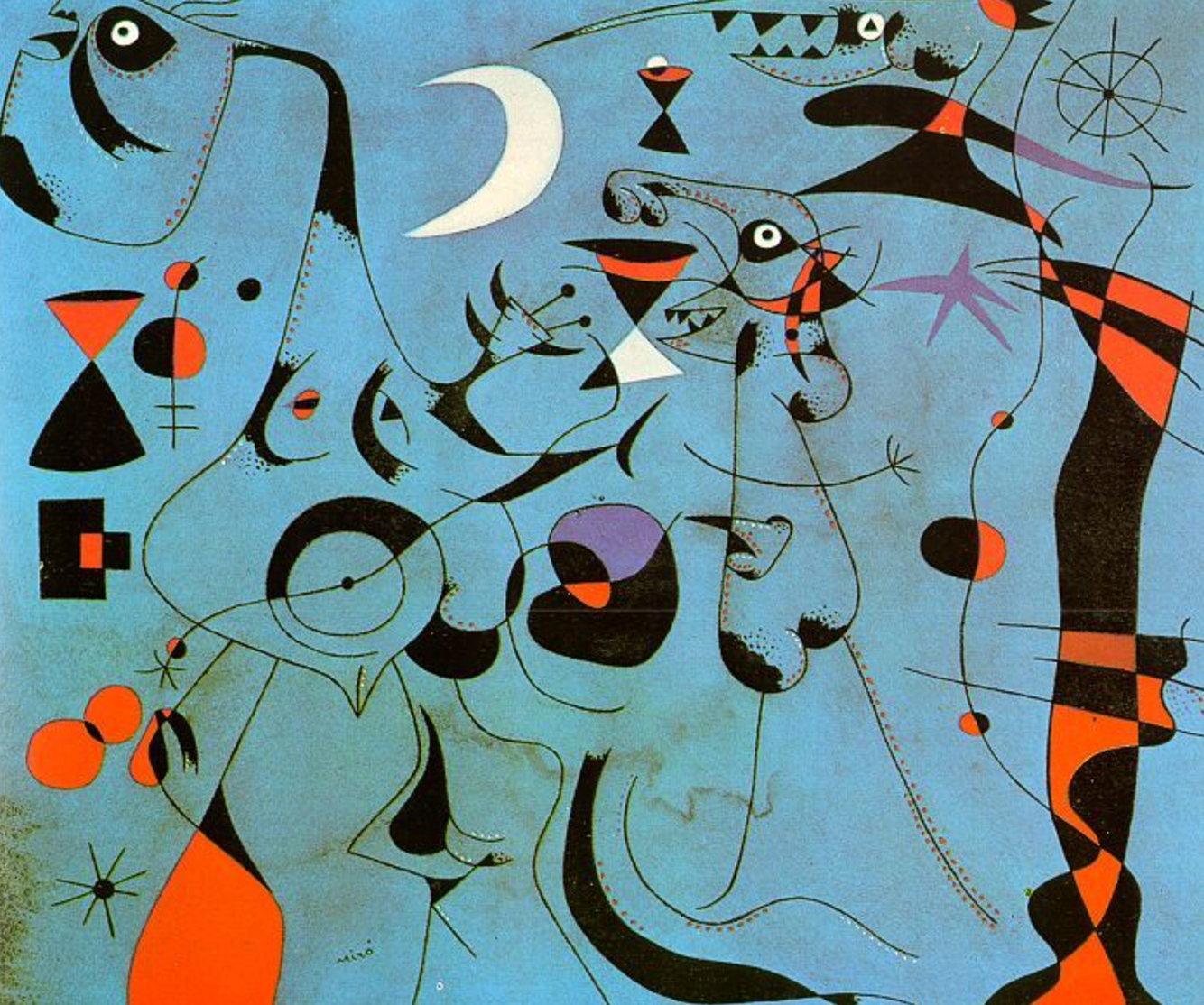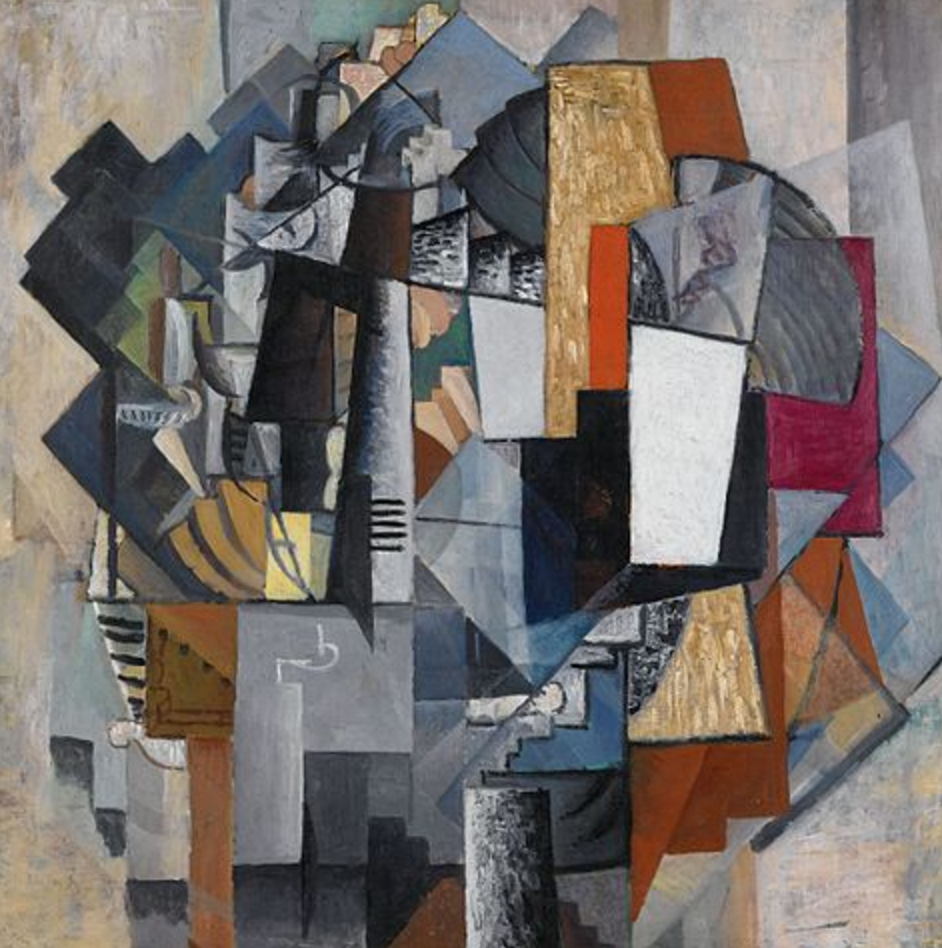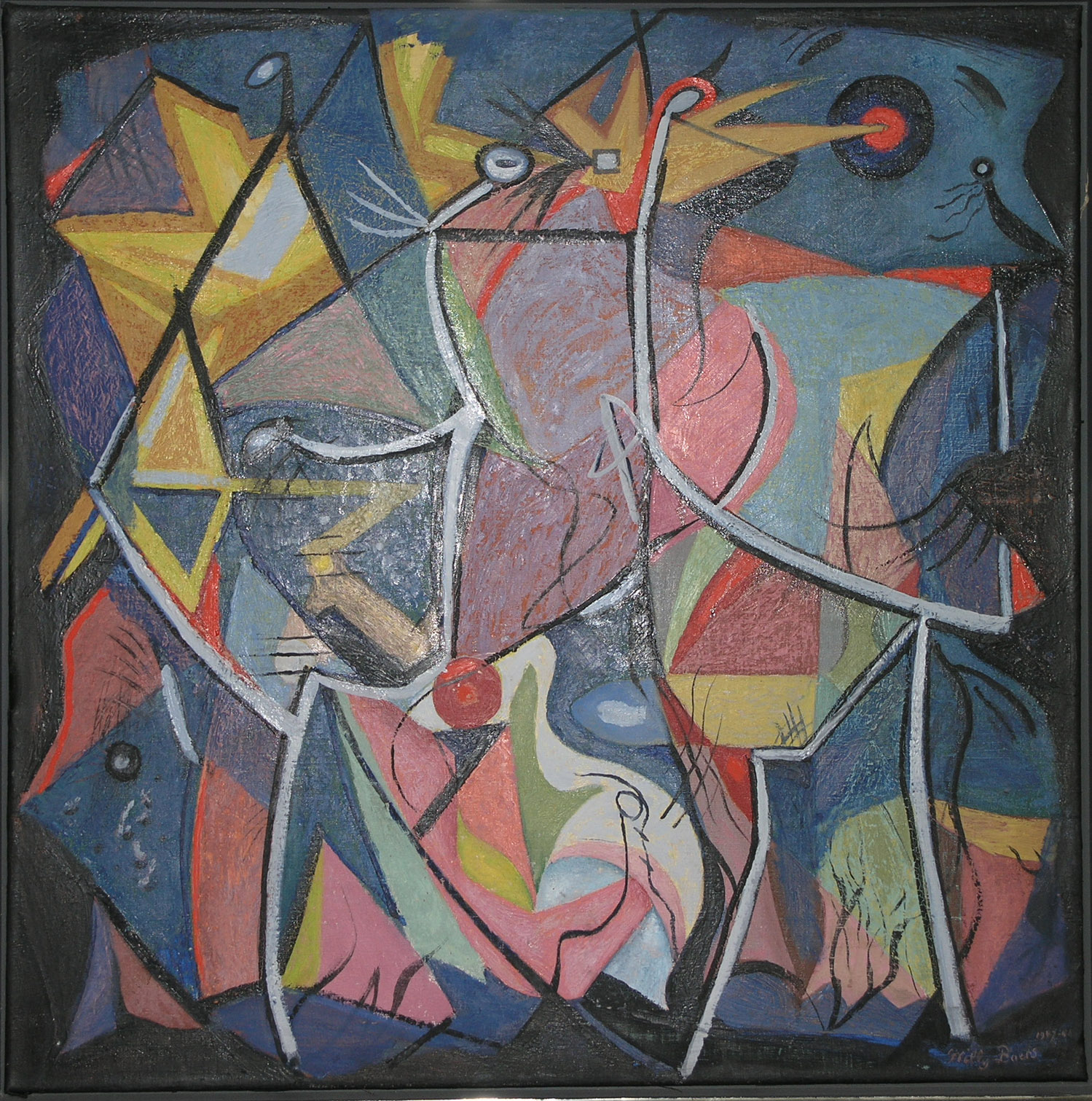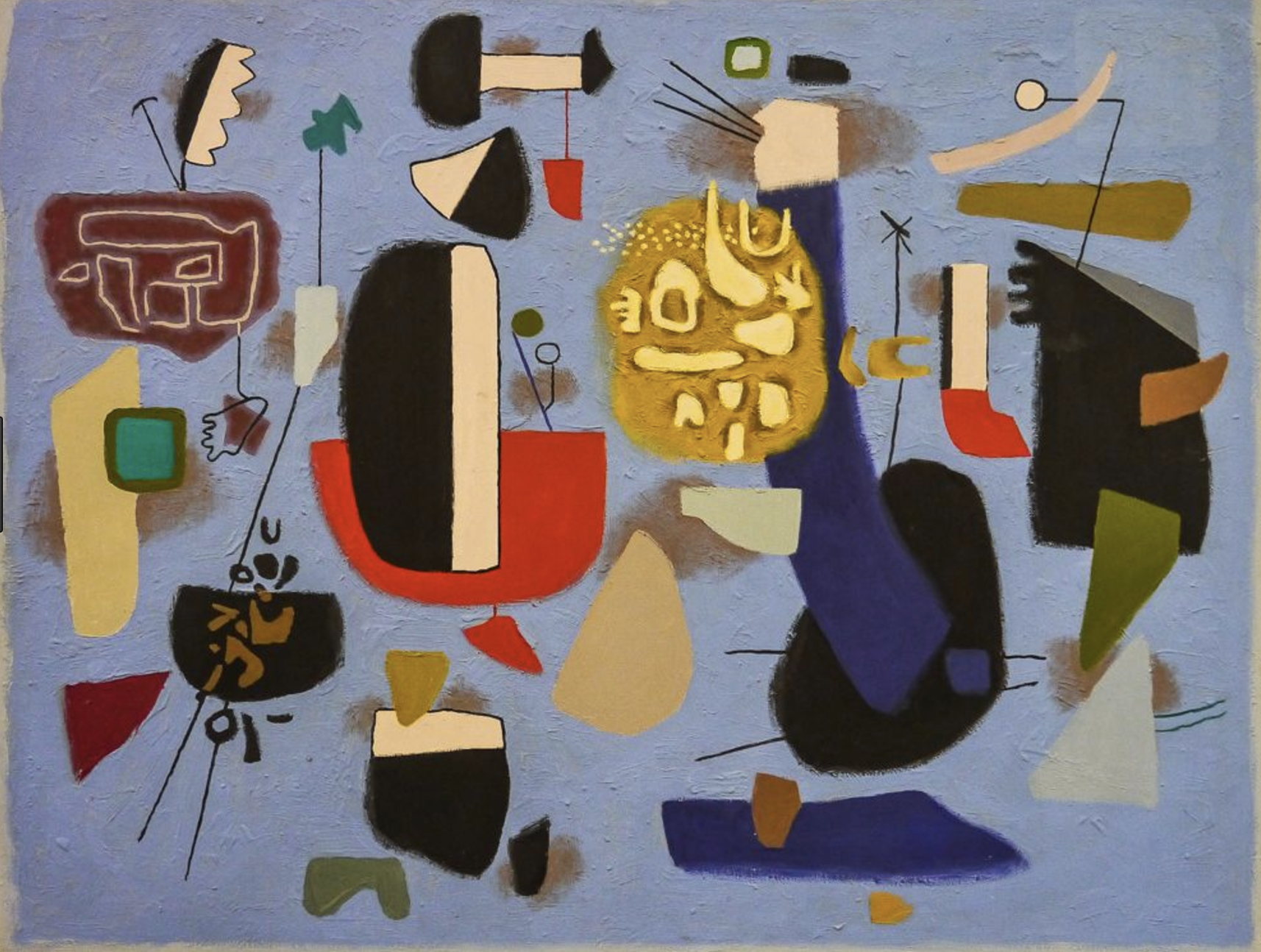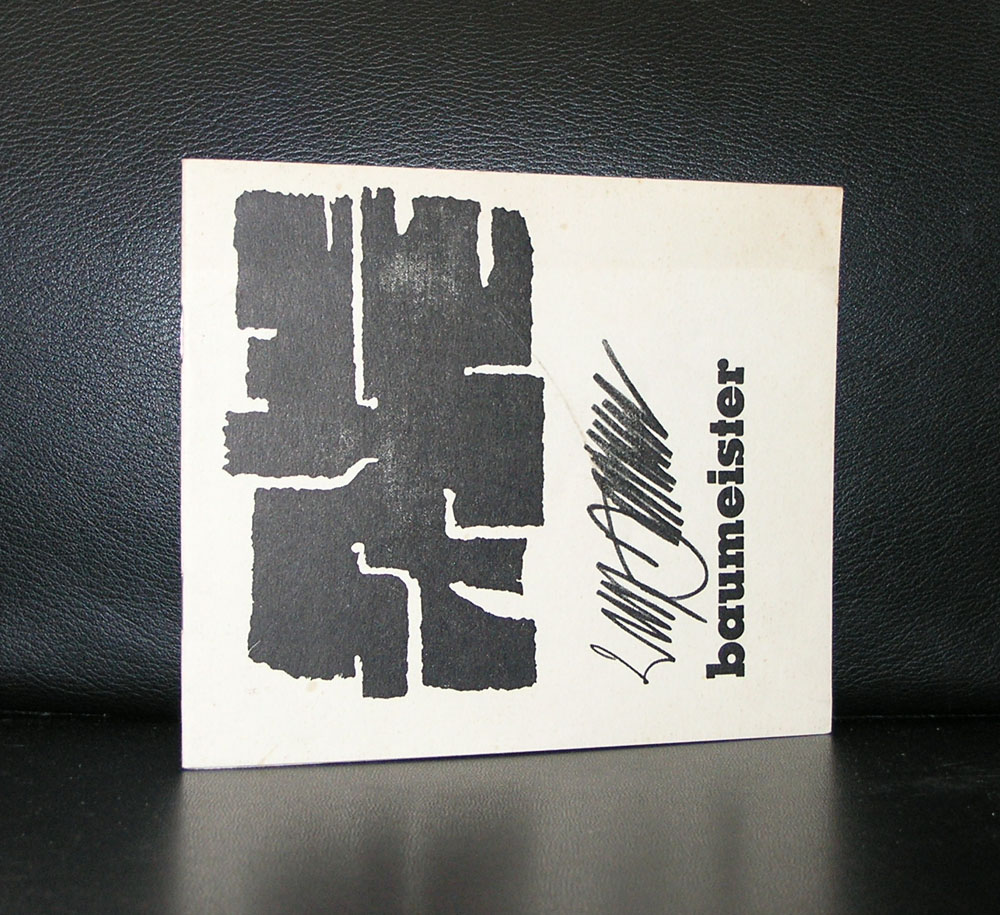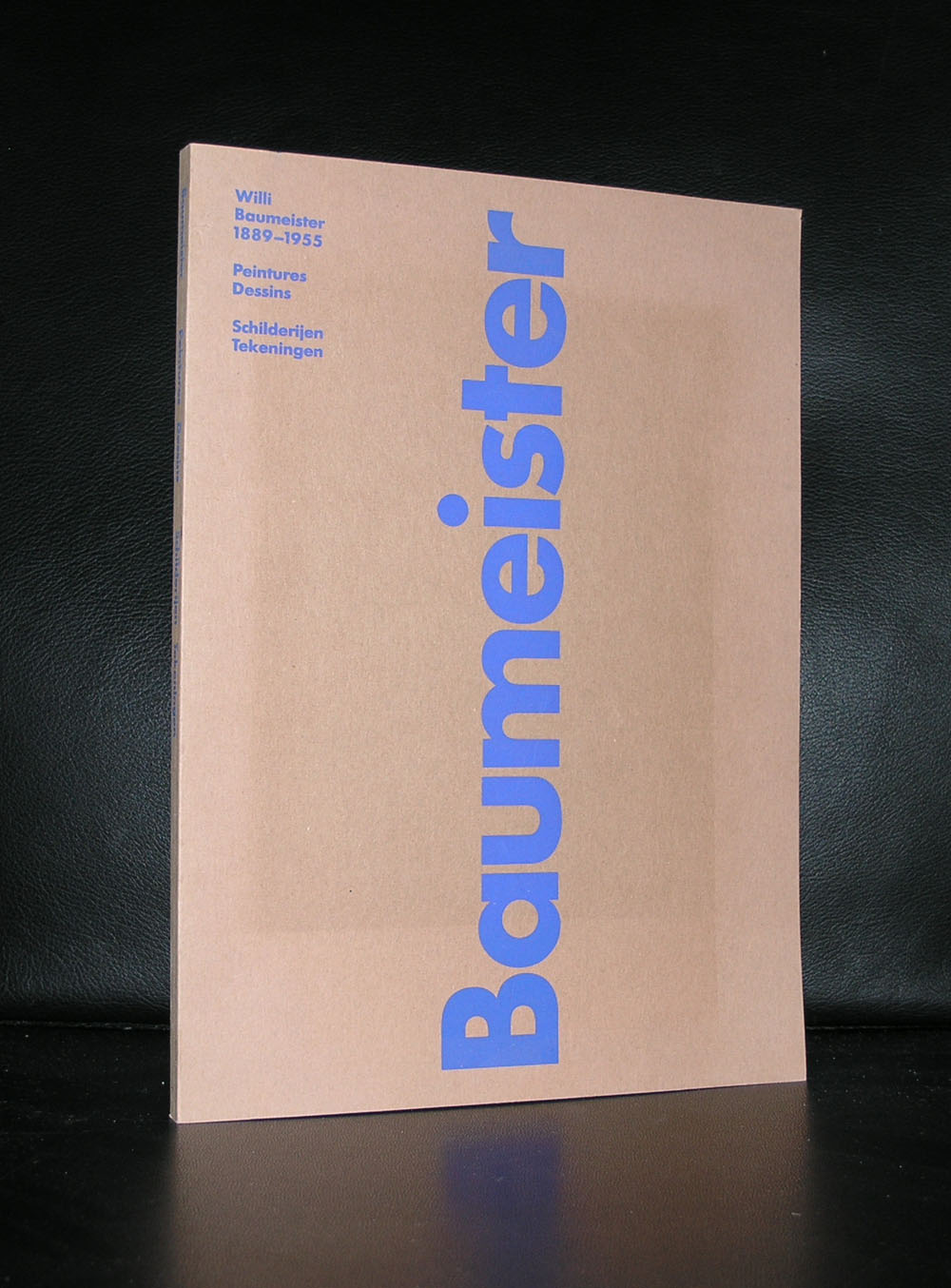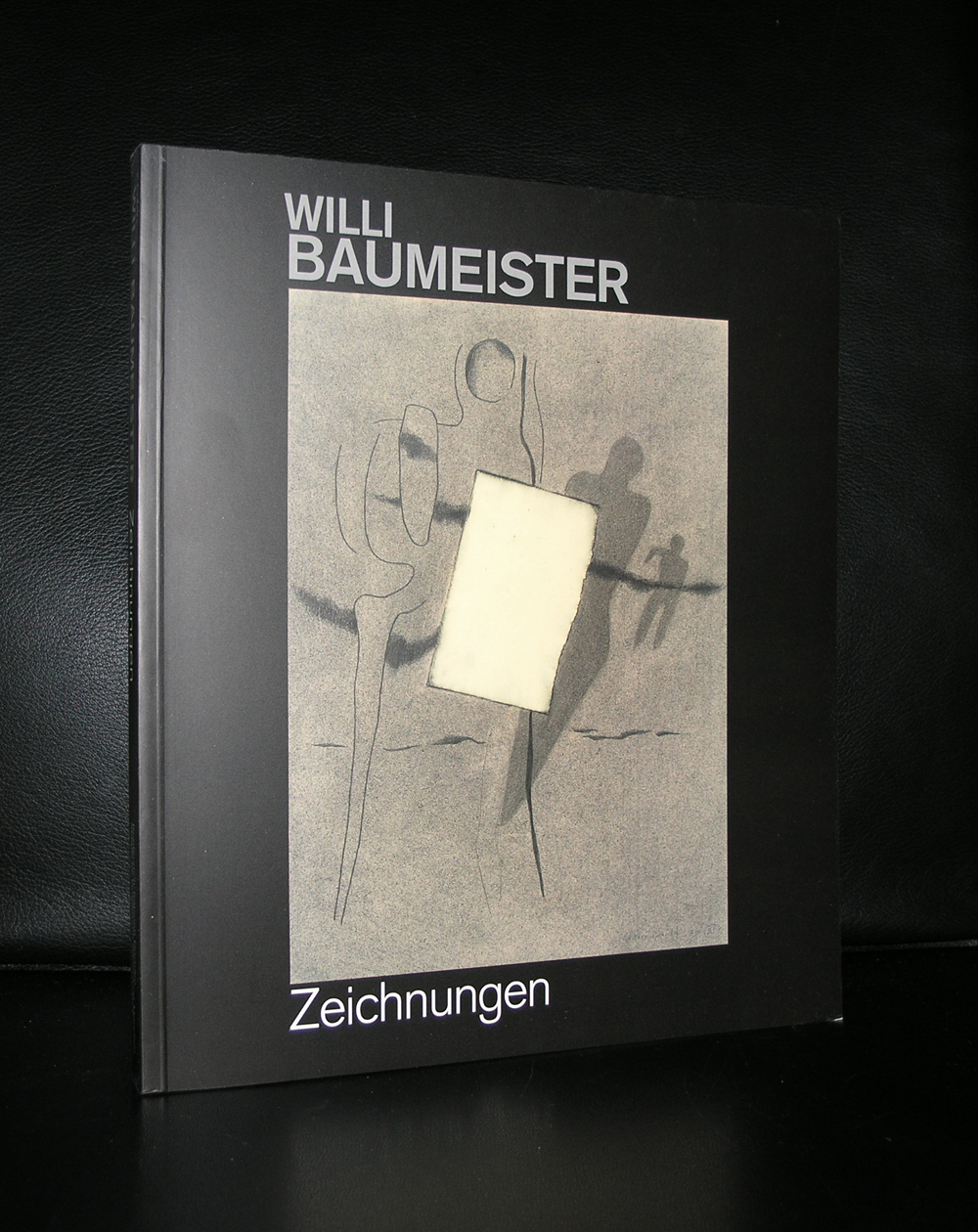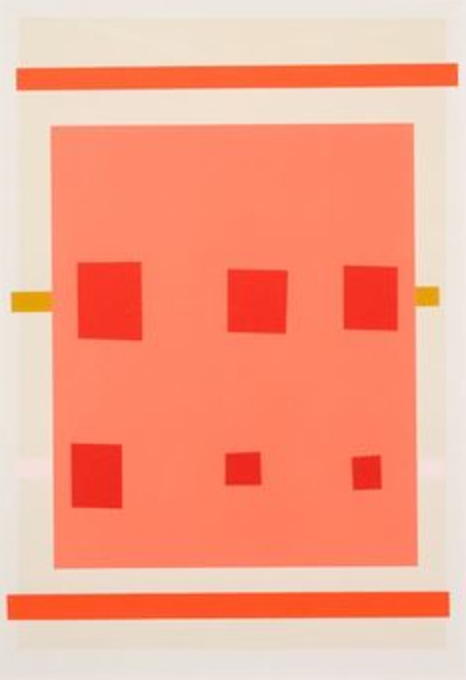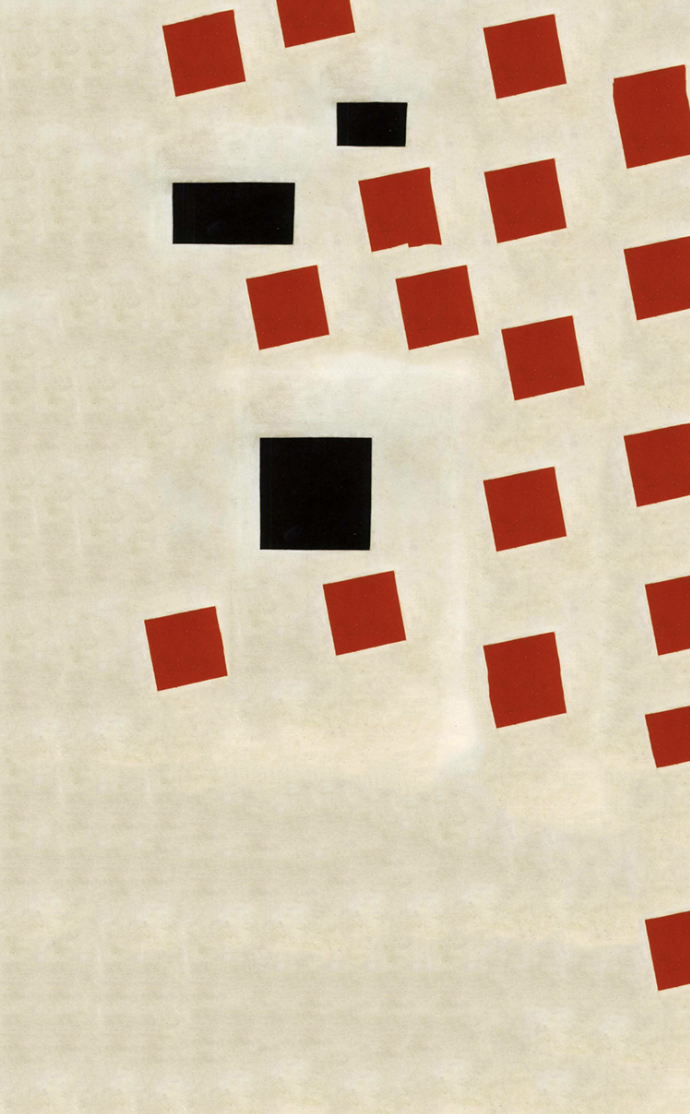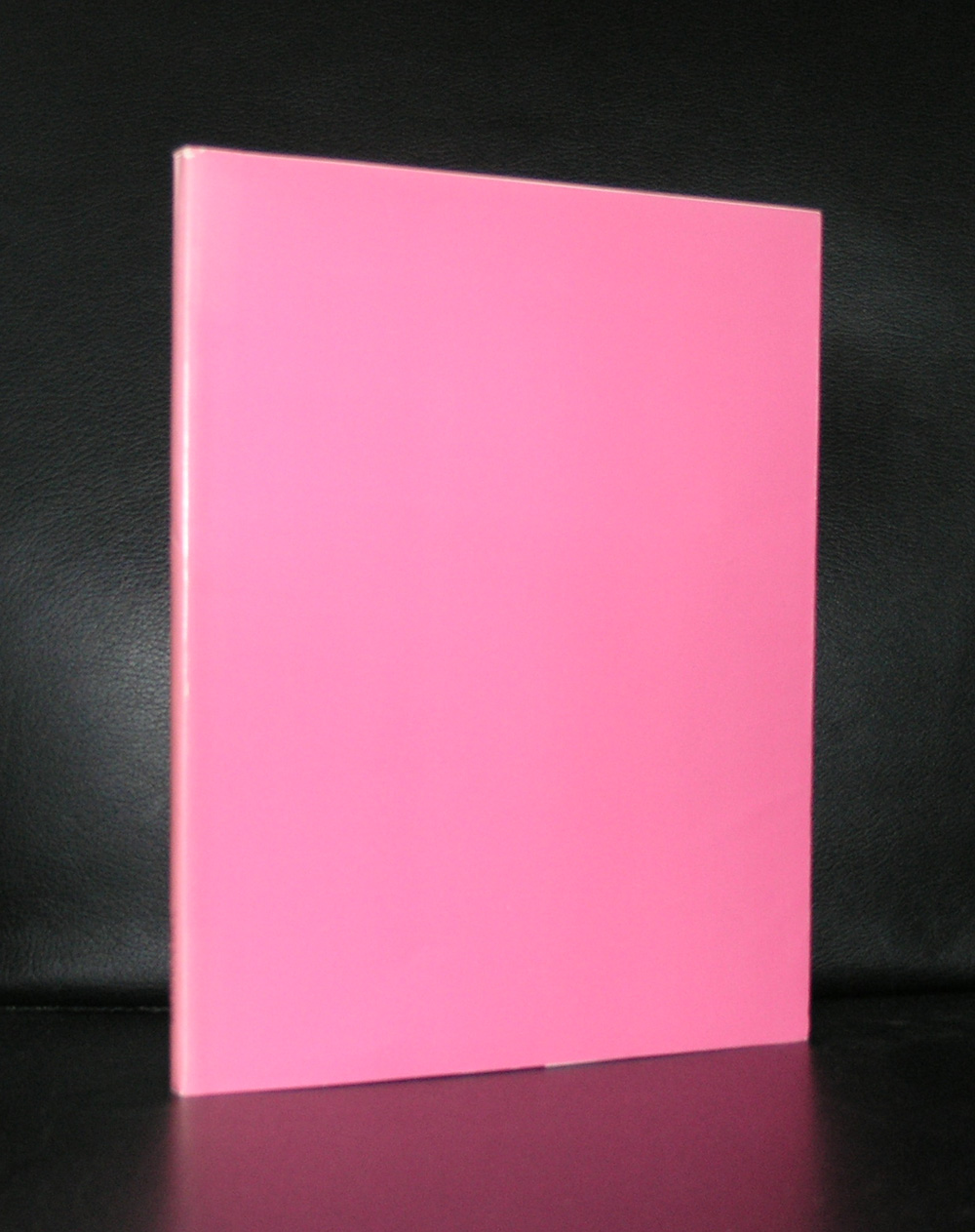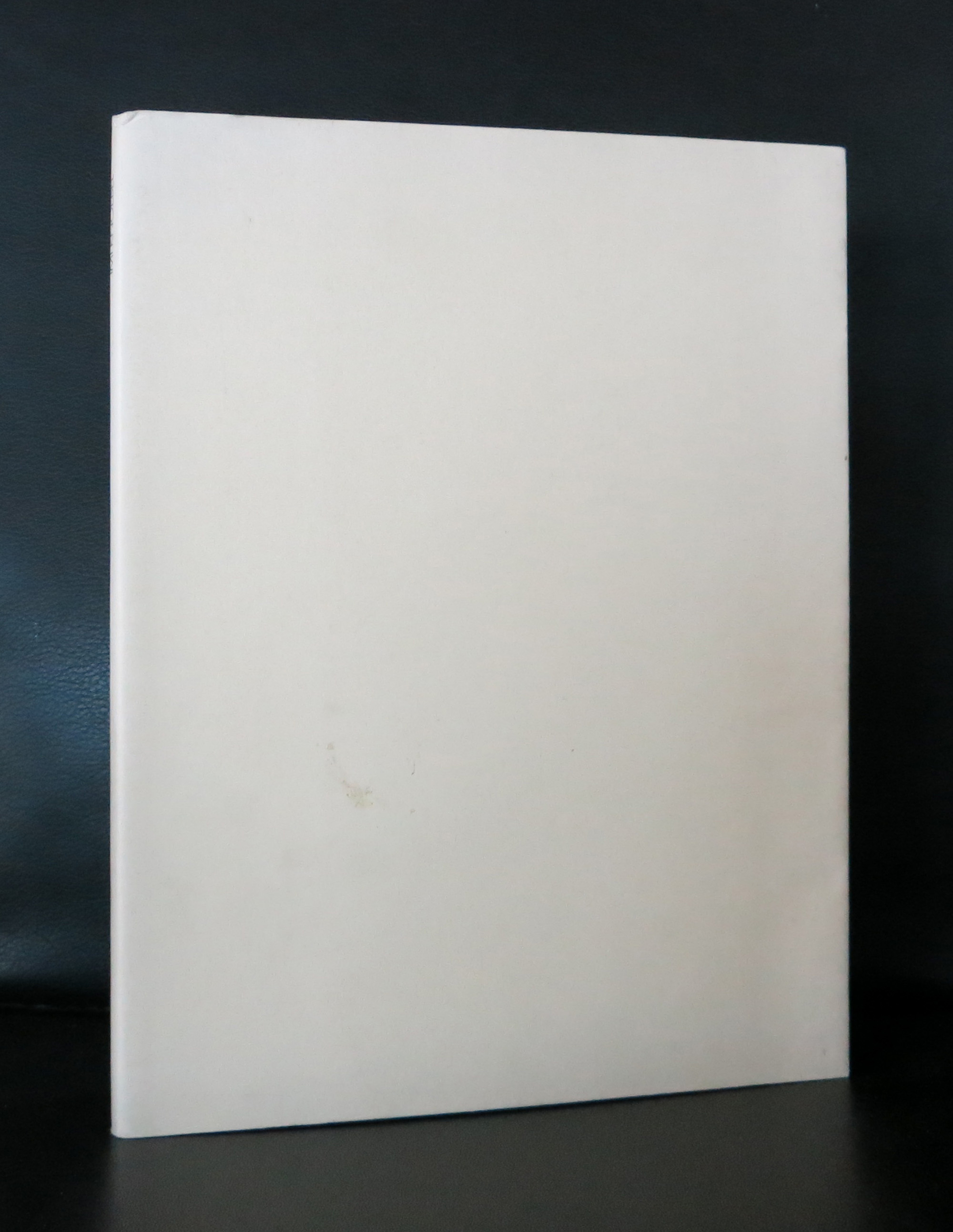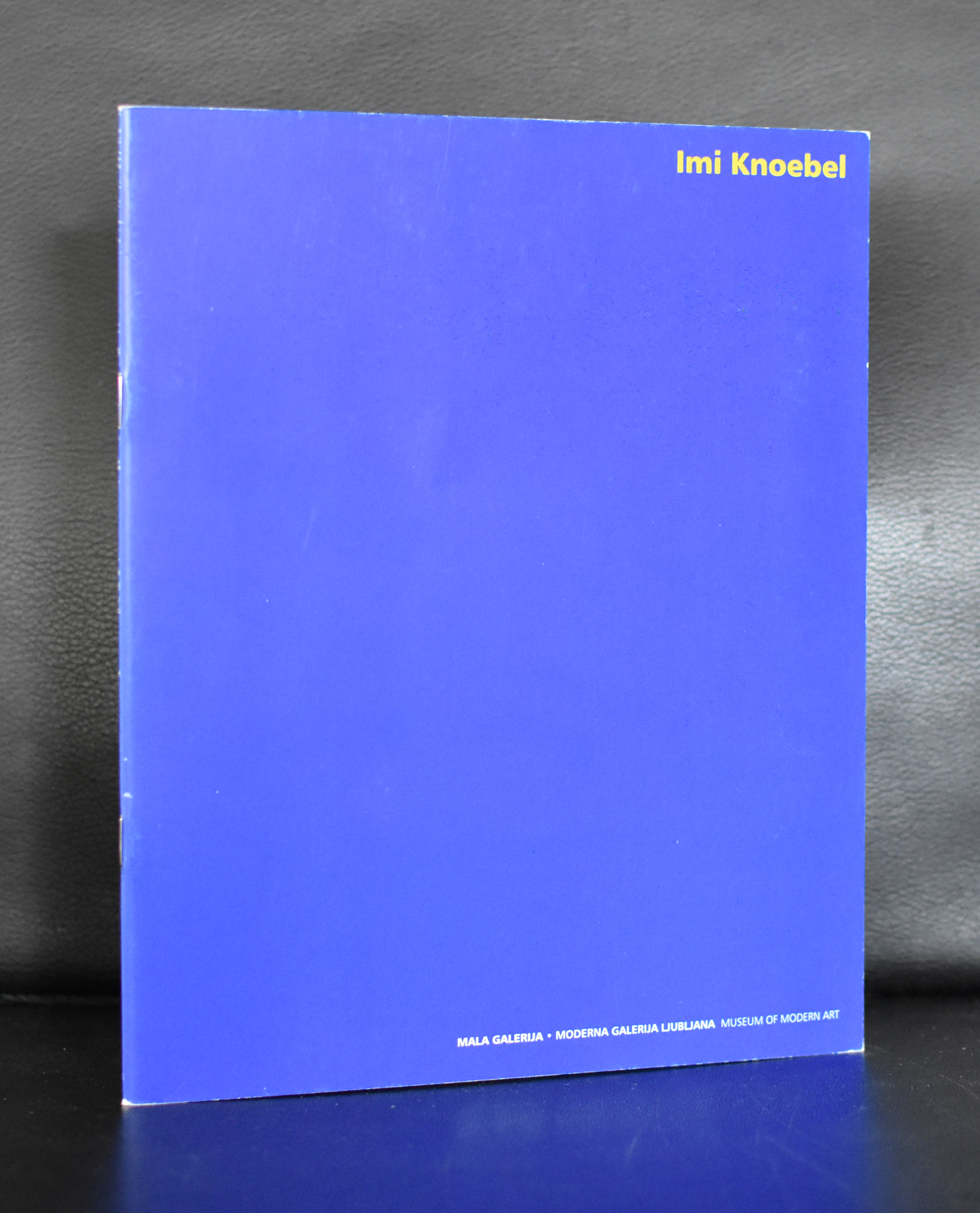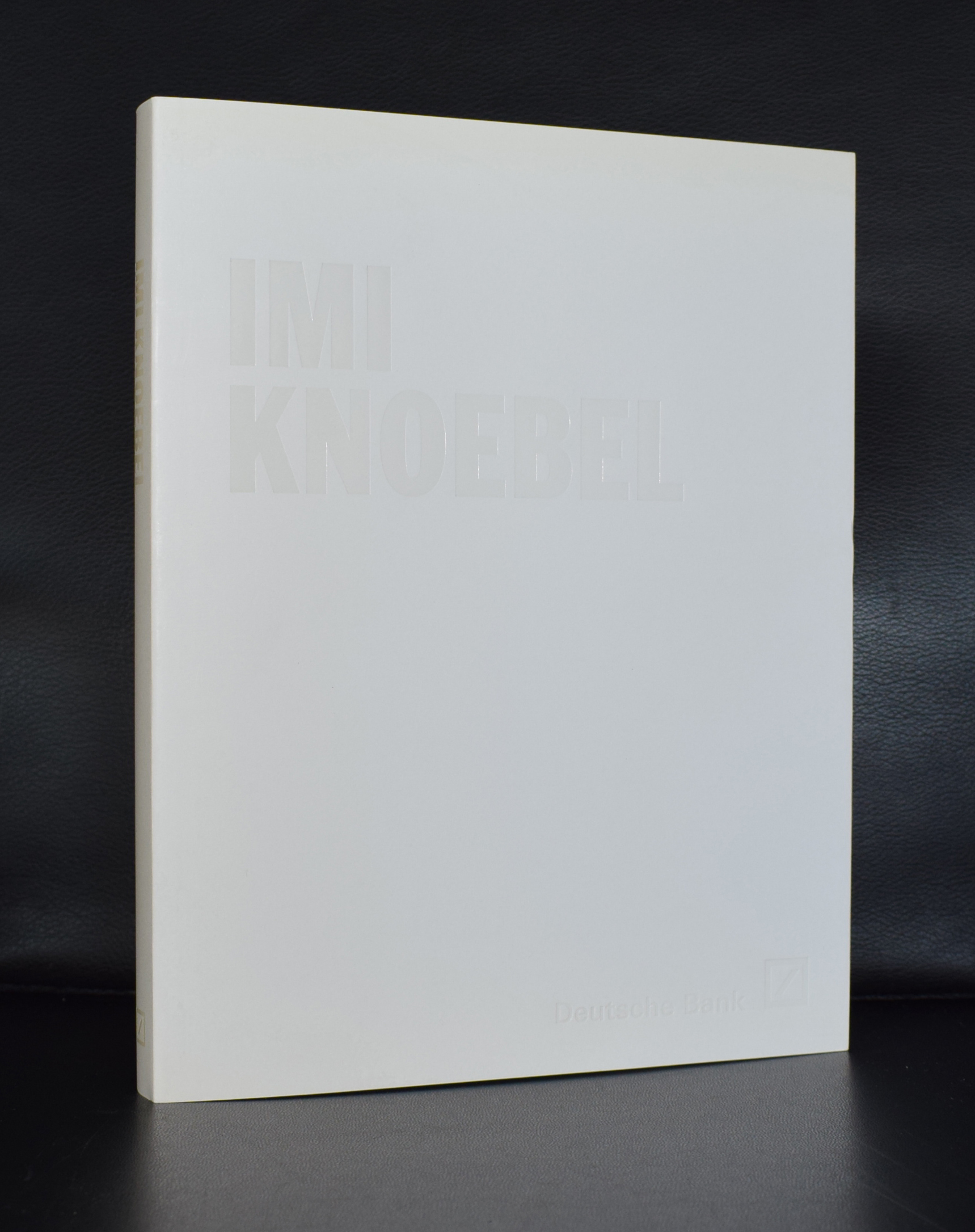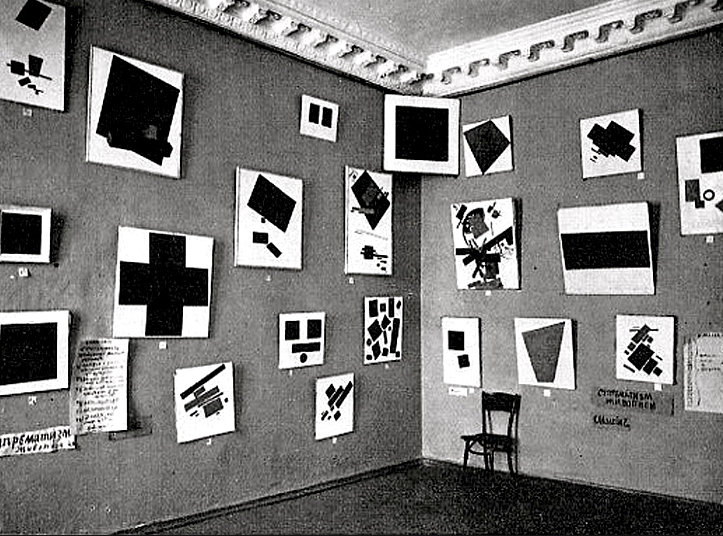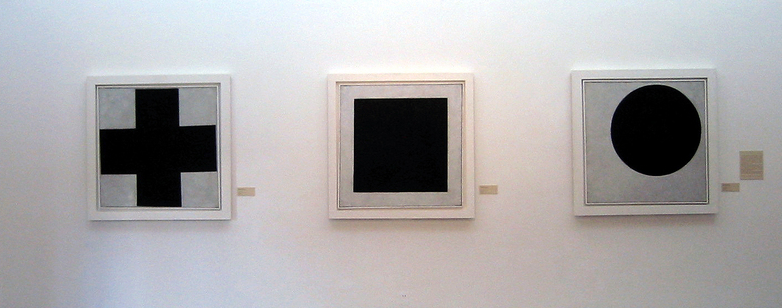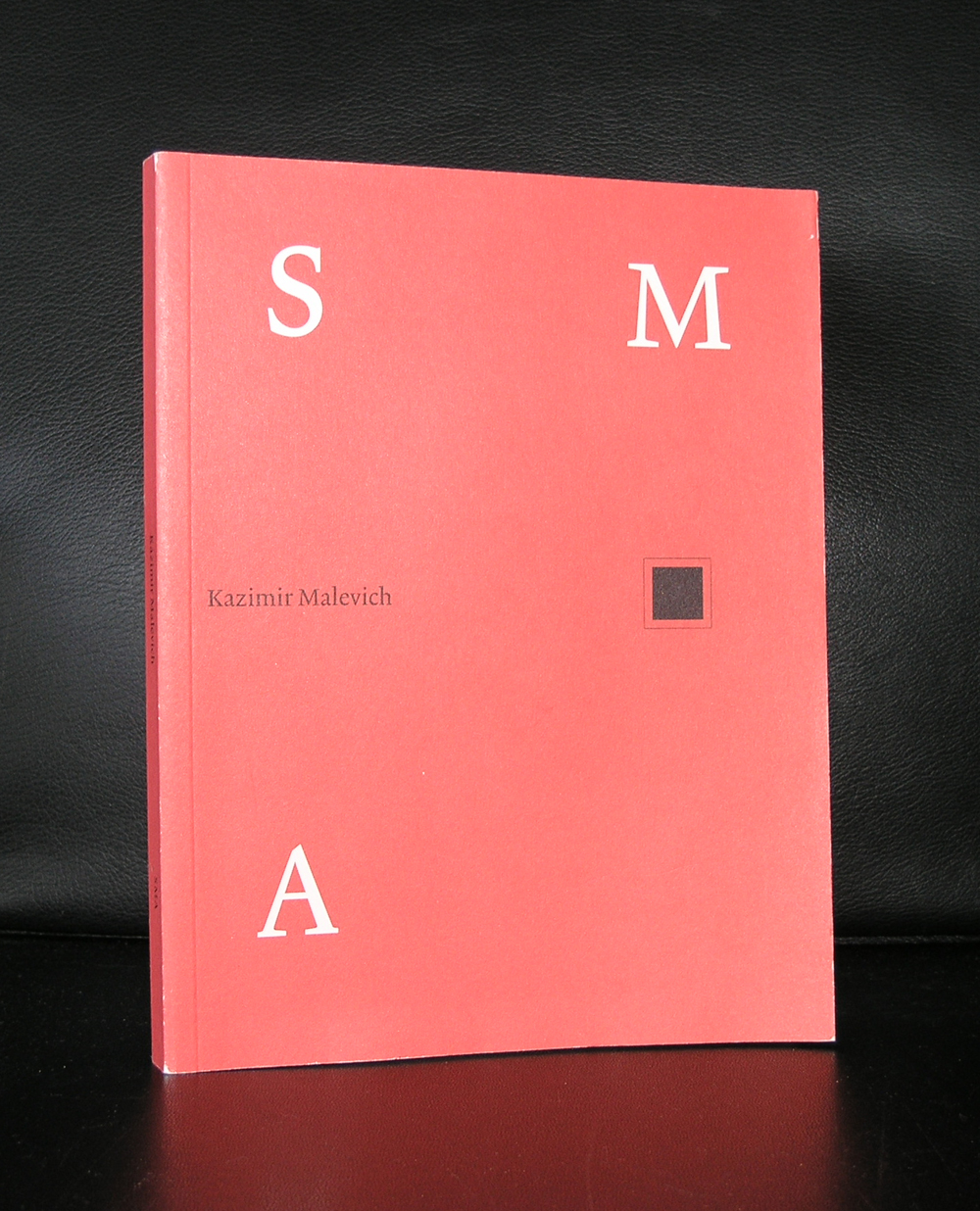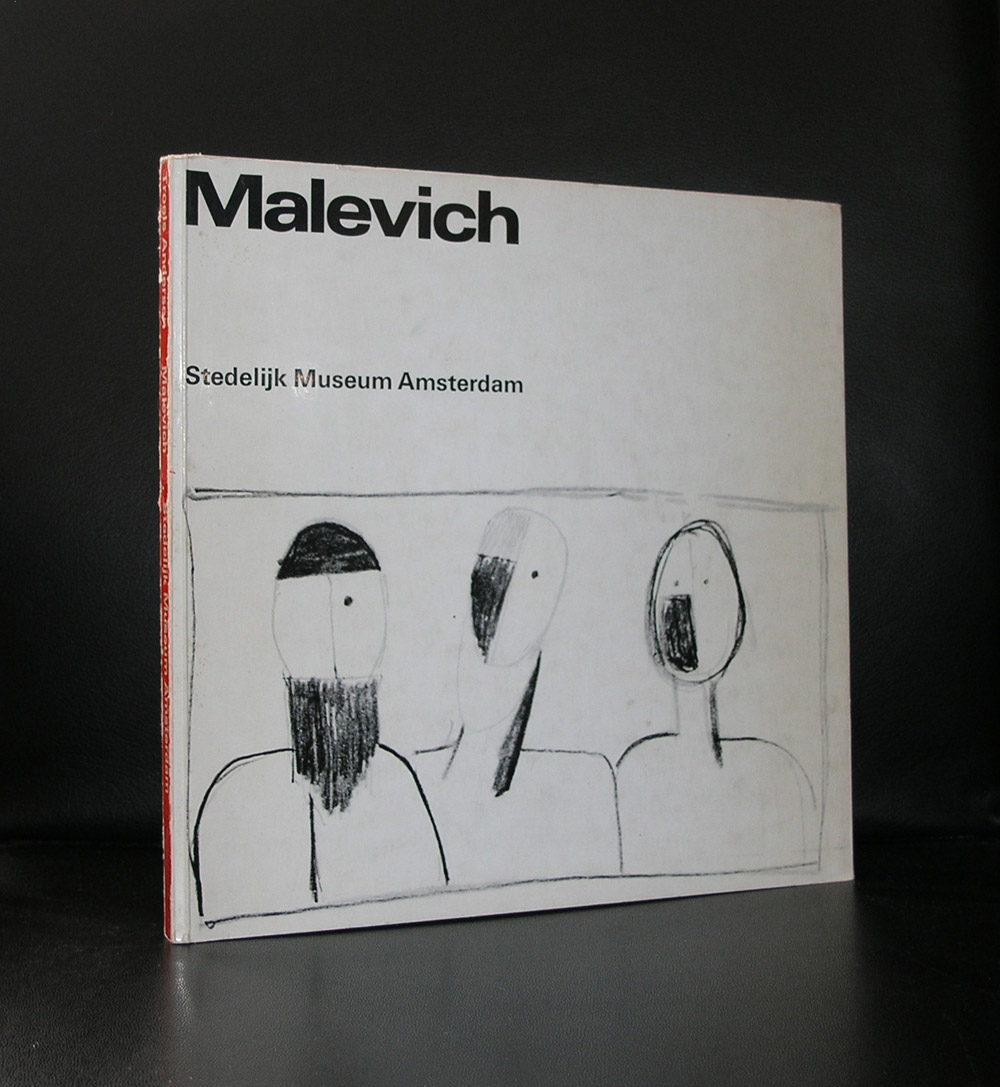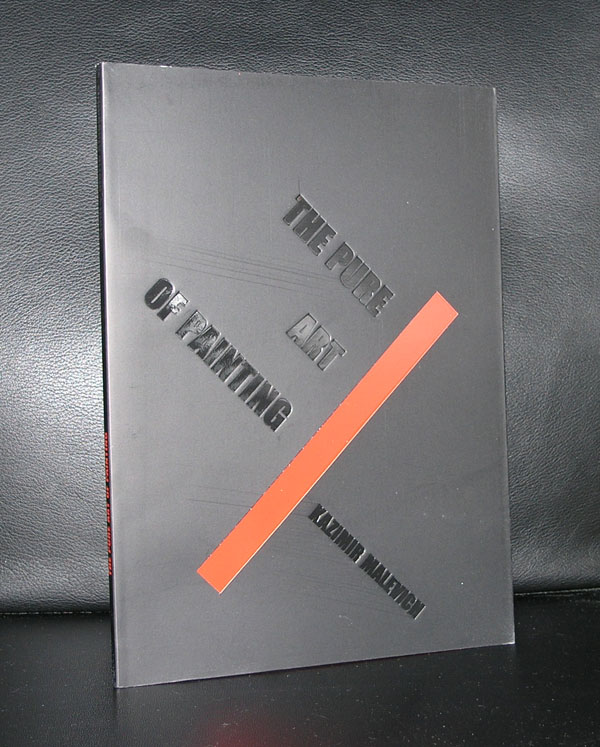Personally i consider, like Jurrie Poot, ( he wrote a short article on Baumeister in the Stedelijk Museum Bulletin) a constructivist. But a constructivist who became more free with every painting finally resulting in a style which was a cross between Malevich, Miro and in the Netherlands …Willy Boers.
Born at Stuttgart, where in 1911 he enrolled at the Art Academy as a pupil of Adolf Hölzel. Trip to Paris in 1912 where he discovered the work of ToulouseLautrec and Gauguin. Another trip to Paris in 1914 with Oskar Schlemmer; this time he became an enthusiastic admirer of Cézanne. From 1919 date his first Mauerbilder (wall pictures). A third stay in Paris in 1924, where he came into contact with Ozenfant, Le Corbusier, Fernand Léger and, some years later, the Abstraction-Creation group ( 1932). He taught at the Fine Arts School in Frankfort from 1928 to 1933, when he was dismissed by the Nazis and condemned as a “degenerate painter.” Thereafter he lived a retired life in Stuttgart and worked on in solitude until the end of the war; earned his living during this period by working in a printing plant. Appointed to a professorship at the Stuttgart Academy of Fine Arts in 1946. In 1947 he published a book, Das Unbekannte in der Kunst, written four years earlier. His work has been represented in most of the major post-war exhibitions in Europe, and also at the exhibition of German Art of the Twentieth Century, held in 1957 at the Museum of Modern Art, New York. Baumeister retrospectives organized at Documenta ll ( Kassel, 1959) and at the 1960 Venice Biennale.
www.ftn-books.com has some nice titles on Willi Baumeister
